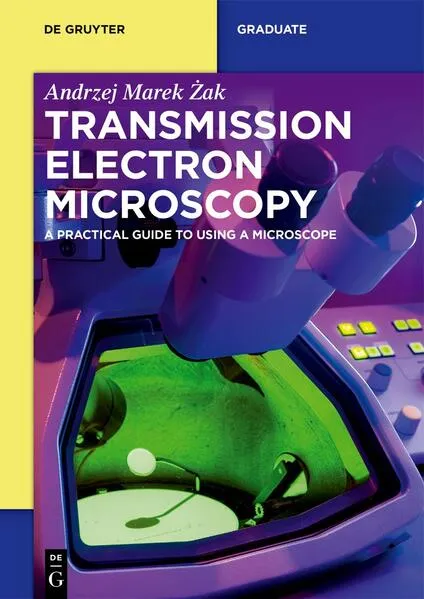De Gruyter Textbook
Biography in Theory
Chronologie aller Bände (1 - 5)
Die Reihenfolge beginnt mit dem Buch "Biography in Theory". Wer alle Bücher der Reihe nach lesen möchte, sollte mit diesem Band von Wilhelm Hemecker beginnen. Der zweite Teil der Reihe "Numerical Methods with Python" ist am 06.06.2023 erschienen. Mit insgesamt 5 Bänden wurde die Reihe über einen Zeitraum von ungefähr 7 Jahren fortgesetzt. Der neueste Band trägt den Titel "Transmission Electron Microscopy".
- Anzahl der Bewertungen für die gesamte Reihe: 8
- Ø Bewertung der Reihe: 1.67
- Start der Reihe: 07.08.2017
- Neueste Folge: 04.11.2024
Diese Reihenfolge enthält 5 unterschiedliche Autoren.
- Autor: Hemecker, Wilhelm
- Anzahl Bewertungen: 2
- Ø Bewertung: 5.0
- Medium: Buch
- Veröffentlicht: 07.08.2017
- Genre: Autobiographie
Biography in Theory
- Autor: Miles, William
- Anzahl Bewertungen: 0
- Ø Bewertung:
- Medium: Buch
- Veröffentlicht: 06.06.2023
- Genre: Programmierung
Numerical Methods with Python
Introduces students to appropriate use of computer programming within the scientific disciplines using Python. Discusses several common applications of programming and implementation using real world examples and hands on programming exercises. Students learn how to model situations such as image recognition, medical diagnosis, spread of disease, and others.
The text could be used by students and lecturers for courses in Python, Numerical Methods, or as a first course in Data Science.
- Autor: Valiulin, Roman
- Anzahl Bewertungen: 3
- Ø Bewertung: 0.0
- Medium: Buch
- Veröffentlicht: 04.07.2023
- Genre: Roman
Organic Chemistry: 100 Must-Know Mechanisms
methodical analysis. Additionally, thoughtfully presented diagrams and infographics can convey
a large amount of complex information in a more intuitive and accessible manner. 100 Must-Know
Mechanisms (Second Edition) strives to be at the intersection of these two key principles. Its
thorough visualizations enable experienced readers to use it as a quick reference for specific
mechanisms of interest. At the same time, the book’s breadth of covered reactions, from classic to
cutting-edge, make it a good study-aid for the developing chemist. A slow and consistent study of
the entire series of mechanisms can help set the foundation for good scientific intuition, while its
detailed infographics and careful navigation features encourage coming back to it frequently. This
edition includes over 40 new illustrations, numerous new mechanistic schemes, enhanced original
figures with a variety of real-case examples, and more
- Autor: Fazarro, Dominick E.
- Anzahl Bewertungen: 0
- Ø Bewertung:
- Medium: Buch
- Veröffentlicht: 31.12.2023
- Genre: Sonstiges
Nano-Safety
Nanotechnology safety is the practice of handling engineered nanomaterials in production and manufacturing. Good practice consists of understanding and interpreting Material Safety Data Sheets, behaving safely when working with yet unknown nanomaterials, understanding health effects, and proactively creating safety measures against potential hazards. This book addresses nanotechnology risk management.
- Autor: Żak, Andrzej Marek
- Anzahl Bewertungen: 0
- Ø Bewertung:
- Medium: Buch
- Veröffentlicht: 03.11.2024
- Genre: Sonstiges
Transmission Electron Microscopy
Transmission electron microscopy is a powerful tool for looking at small physical specimens from nanomaterials, metal alloys and other structural materials, to microorganisms, tissues and biomacromolecules. The book covers microscope design and explains how the miscoscope functions and operates. It provides the essential theoretical and practical information in a compact manner together with case studies and a summary of good operator practices.




